Luger Parabellum Model 1908, the most widely used pistol in the German army from World War 1 to 1942.
History, development, specifications, statistics, pictures and 3d model.
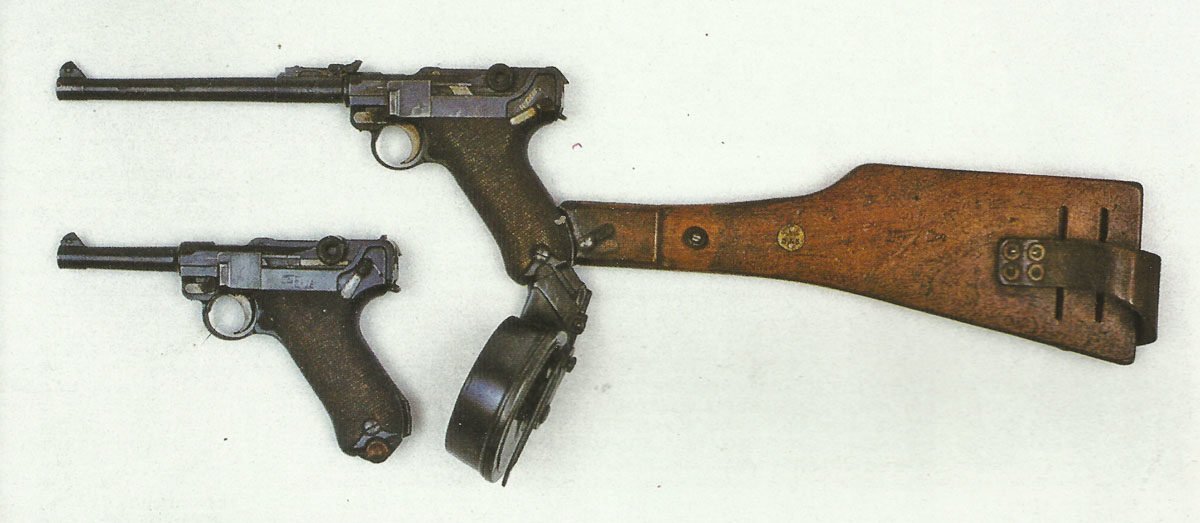
Parabellum Model 1908
Type: Self-loading pistol.
History
Table of Contents
The 9-mm Parabellum Model 1908 is one of the ‘classic’ pistols and is mostly known under the name Luger, after its developer Georg Luger. The design was based on a previous pistol, the Borchardt, but Luger reworked this rather unwieldy design and developed it into the model produced by Deutsche Waffen- und Munitionsfabriken (DWM) from 1898.
The Borchardt used for the first time the toggle joint system for the looking and other mechanical characteristics of a pistol, which worked somehow, but was not very satisfying. Luger refined the mechanism mainly by rearranging the mainspring, which was a kind of coiled watch spring and became a flat leaf spring in the rear corner of the handle. This changed the overall shape of the weapon and made it much better balanced.
Further improvements followed, changing the mainspring to a spool and increasing the original caliber from 7.65 mm to 9 mm to make the cartridge more effective in combat.
Then in 1908 a slightly modified model was also accepted by the German Army and afterwards the Pistol 08 was manufactured to hundreds of thousands.
The gun was introduced widely between 1906 and 1914 by various armies – e.g. Bulgaria, the Netherlands, Portugal and Turkey – and tested in various other armed forces and was almost adopted by the US Army as the standard .45 caliber pistol in 1908. For this reason, even today, some are still in use worldwide and the last regular military use of the Luger pistol was with the Portuguese army in its colonial wars in Angola and Mozambique.
The original manufacturer, Deutsche Waffen- und Munitionsfabriken (DWM) in Berlin, was followed by the Königliche Erfurter Waffenfabrik, Simson Suhl and Mauser in Oberndorf. It was built for the Swiss army in the weapons factory in Bern.
All these versions of the Model 1908 pistol used the same mechanism, an upward opening toggle lock. When the pistol is fired, all hinge elements of the knee lever are in a row to close the breech. The recoil forces must overcome the mechanical forces of the switching mechanism before it opens. Once open, the cartridges are ejected and reloaded. A return spring in the handle returned everything to its starting position to fire the next shot.
This switching device gave the 08 pistol a unique appearance and the tilt of the grip gave the pistol good characteristics for aiming and shooting. The Pistol 08 therefore quickly became a sought-after weapon at the front and war trophy proximity. Already during World War One there could never be enough Pistols 08, in order to cover the constantly rising need and demand among the soldiers.
In this connection the disadvantages of the Luger pistol became clear, because it was difficult to produce in larger numbers, since nearly all its components had to be manufactured in complex manual work. Until 1917 a good part of the excellent workmanship of the pre-war models was lost and so also the original grip was lost – and never came back, not even after 1918.
A further disadvantage of the Pistol 08 is the fact that the switching mechanism suffered a lot under the conditions of the trench warfare. Mud and dirt could limit the function only too easily, which happened in addition mostly still in the most unfavorable moments of the emergency. Therefore, the treatment of the pistol required a lot of attention and care. The quality of the ammunition is also important for the effective use of the pistol.
With the expansion of the Wehrmacht, the problem of the simple mass production of the Luger pistol was once again in the foreground, and so the introduction of a replacement weapon, the Walther P38, began in 1938.
The Luger pistol was nevertheless built for the German army until 1942 and for export in the following year, with the last output in 1944 being delivered to Portugal in 7.65 mm caliber.
Presumably more than four million civilian and military Parabellum pistols were built. The German army received about 1.5 million of them by 1918. In the years between the world wars another 400,000 pistols were built and from 1939 to 1942 another half a million for the Wehrmacht.
The Pistol 08 was widely distributed within the German army. With the infantry it was the handgun of the officers and was also carried by gun crews, messengers, signallers and non-commissioned officers. It saw widespread use in combat until the end of the war, although there are few reports of lethal effects. However, it was considered a highly valuable souvenir by Allied soldiers, and many thousands are still privately owned.
Even today, some weapon manufacturers find it worthwhile to give their products the appearance of the Luger pistol or even make direct copies for a still obviously unsaturated market. This is why the Luger pistol is still used in various armed conflicts around the world.
3D model Luger standard pistol 08 with open magazine handle
Specifications Pistol 08 (Luger)
Specifications:
| Parabellum P08 | Specification |
|---|---|
| Type | automatic self-loading pistol |
| Caliber | 9 mm Parabellum |
| Length | 8.98 in - 22.80 cm (Modell 1904: 10.71 in - 27.20 cm; LP.08: 12.60 in - 32.00 cm) |
| Weight | 1.89 lb - 0.855 kg (Modell 1904: 1.98 lb - 0.895 kg; LP.08: 2.34 lb - 1.06 kg) |
| Barrel | 4.06 lb - 10.30 cm, 8 grooves, right hand twist (LP.08: 7.87 lb - 20.00 cm) |
| Feed System | 8-round detachable box magazine (LP.08: 32-round drum magazine from 1917) |
| System of Operation | Recoil; toggle joint |
| Muzzle velocity | 1,050 ft per second (320 m/sec) |
Service statistics:
| Parabellum P08 | Figures |
|---|---|
| Manufactures | Deutsche Waffen- und Munitionsfabriken (Berlin), Köngliches Arsenal (Erfurt), Simson&Cie (Suhl), Mauserwerke AG (Oberndorf), Heinrich Krieghoff Waffenwerke (Suhl) |
| Production delivery | 1898 (Model 1904 for Navy from 1904; Model 1908 for Army from 1908) |
| Final delivery | 1943 |
| Production figure | c.4 millions (thereof 1.5 millions for Germany Army until 1918 - thereof 64,950 Marinepistole 1904 and c.250,000 LP.08 from 1914; 400,000 for Reichswehr/Wehrmacht; 500,000 from 1939 to 1942 for Wehrmacht) |
| Price per unit | 32 Reichsmark |
3D-Model Long Pistol LP.08 (Artillery Pistol)
References and literature
The Encyclopedia of Infantry Weapons of World War II (Ian V.Hogg)
Infanterie im 2. Weltkrieg (J.B.King, John Batchelor)
Illustriertes Lexikon der Waffen im 1. und 2. Weltkrieg (V. Dolinek, V. Francev, J. Sach)
The Encyclopedia of Weapons of World War II (Chris Bishop)
The Illustrated Encyclopedia of Weapons of World War I (Chris Bishop)
An Illustrated History of the Weapons of World War One (Ian Westwell)


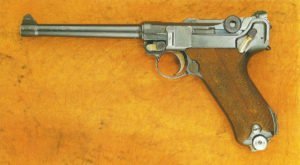
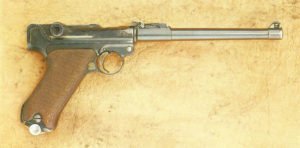
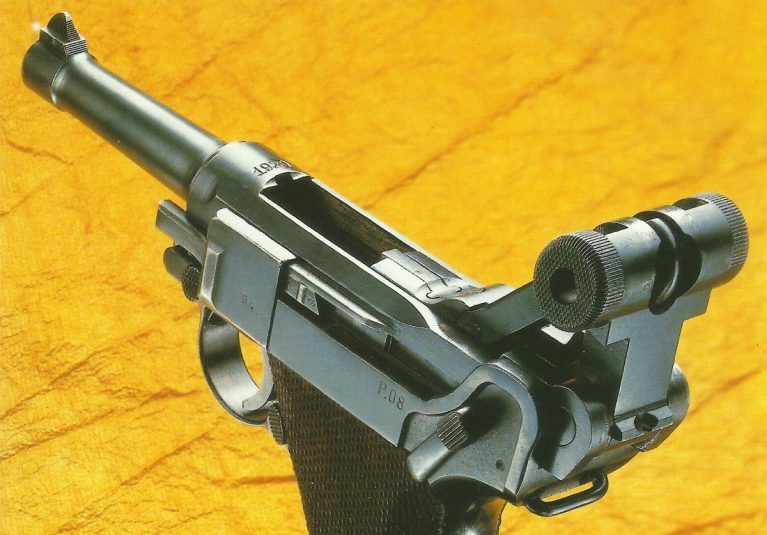
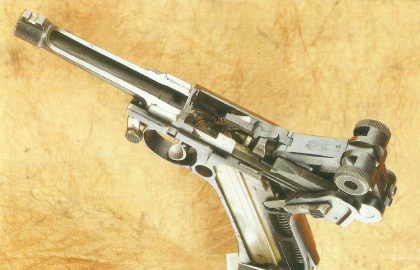
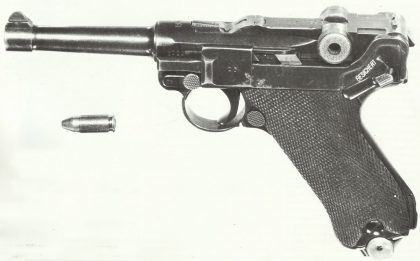

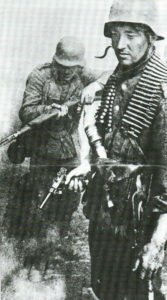

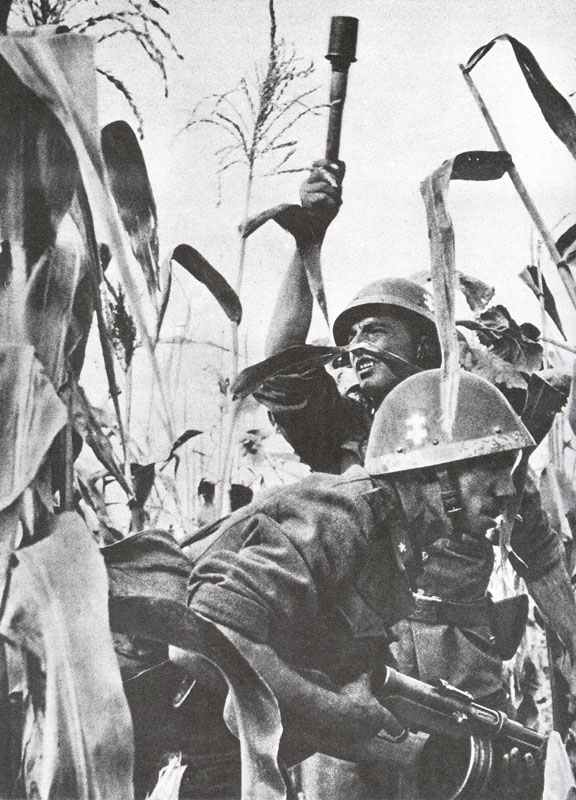
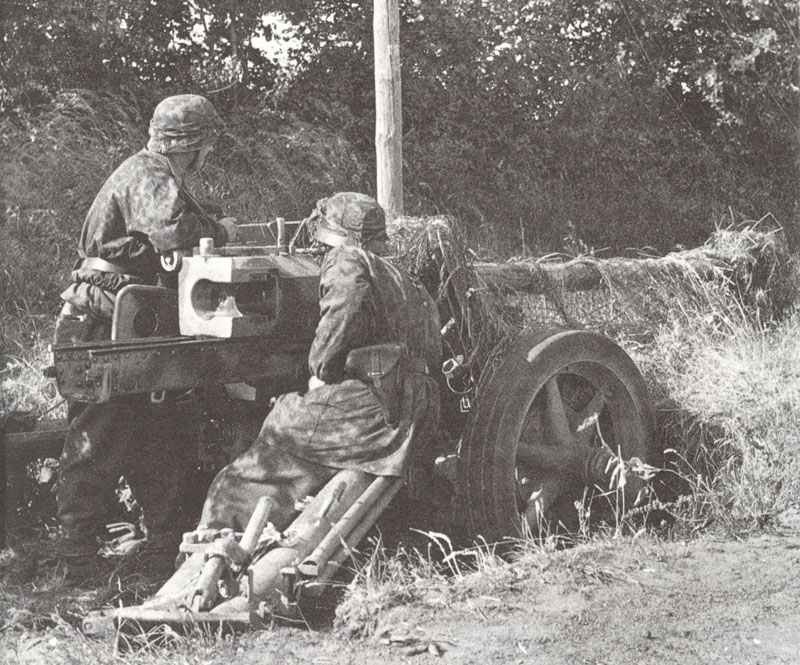
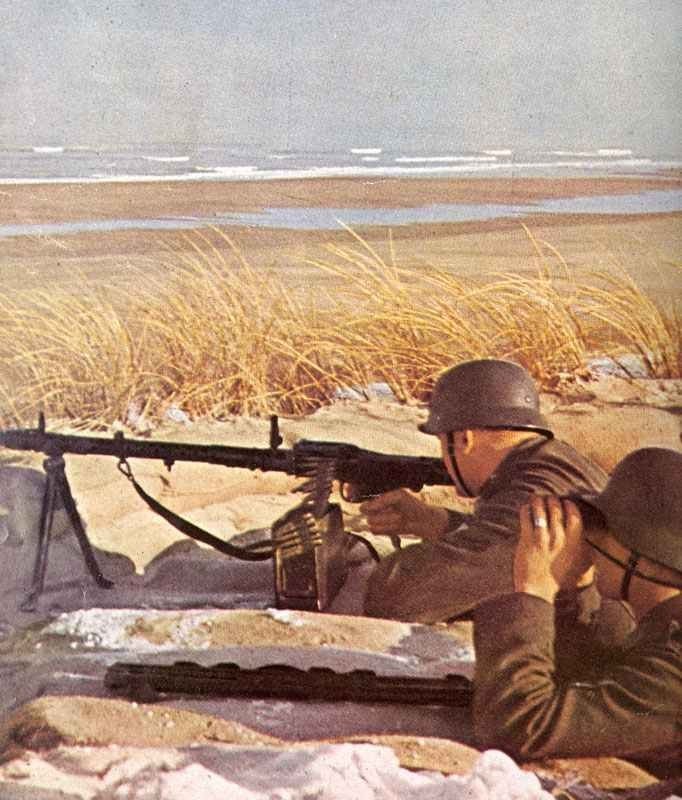
I have a WW2 german luger model J.08….been stored for 47 yrs…..belonged to my father
(passed away in 1973)…..like new condition….has all the markings (eagles etc.)…I think the serial no. is 6
003….2 holsters and 1 ammo. belt come with it…. ..how do I get an honest appraisal for the gun ? sell it to who..?
there should also be a letter after the serial number… look beneath the barrel on the frame and also the bottom on the barrel. also the year of manufacture should be stamped on top of the barrel near the frame. if you notice all field stripable parts will have the last 2 digits of the serial number. in your case: 03
I have a 1914 model manufacture by DWM (Deutsche Waffen ünd Munitionsfabriken) in 1917. other manufacturers included Mauser with the Mauser logo or marked 42 or S/42, W+F Bern, Krieghoff, Simson, and Vickers
I forgot to mention if the magazines have serial numbers matching to the gun, then you have a rear prize there! That would add a LOT to the value. They are on the bottom.